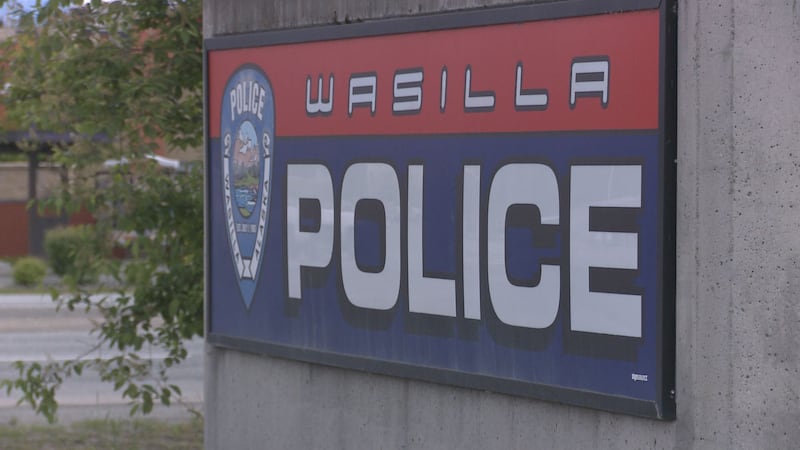Electricity rates to increase as Alaska's biggest hydroelectric plant remains partially offline

Local electric utilities say users between the Kenai Peninsula and Fairbanks should be prepared for a monthly rate increase in the near future, while Alaska's largest hydroelectric plant remains partially offline due to damage from the Swan Lake Fire.
“I don’t think we’ve had a situation where it’s been offline for literally several weeks, and the future is uncertain right now,” Chugach Electric spokesperson Julie Hasquet said. “This is a very unique circumstance where you have a fire that burned literally all summer, damaging a transmission line, and shutting down the power."
Aerial video provided by the Alaska Energy Authority shows water spilling over the Bradley Lake dam. AEA Executive Director Curtis Thayer said that spillover is electricity, and money, going down the drain.
"Currently, the dam is spilling water, which is lost power that we can't generate from,” Thayer said, “and it's been spilling since last week."
Power lines transmitting hydroelectric energy from the Bradley Lake facility have been out of service for several weeks as fire crews have battled the Swan Lake Fire. The plant is still transmitting some power to Homer, Hasquet said. It's everywhere north that's affected by damaged transmission lines.
Chugach Electric said it is using natural gas -- which is about twice as expensive as hydro -- to supplement the lost power. The company said monthly rates could increase anywhere from three to six percent for as long as it takes to get Bradley Lake back online.
"We have to replace the Bradley Lake hydro with something,” Hasquet said. “Fuel for Chugach Electric is natural gas -- it's not like we can just not fill that part of our energy portfolio."
Chugach Electric customers on average pay $123 per month for power, Hasquet said. A three percent increase would tack on an extra $3.70, and six percent an extra $7.40.
The loss of hydroelectric energy will also impact five other utilities along the Alaska Railbelt, where 65 percent of the state’s population lives. Thayer said utilities are reluctant to charge the extra money while the facility is repaired.
"Consumers being affected … It's going to take some time, but we're going to do it right,” Thayer said, “and we're trying to get it assessed now."
Thayer said that more than 100 energy transmission structures were damaged in the fire, and repairs will have to wait until it’s fully contained and safe to return. The Swan Lake Fire was 81 percent contained as of 9 a.m. Monday, according to Alaska Wildland Fire Information.
Once contained, utilities can thoroughly assess the damage – Thayer’s early estimates are around $15 million for repairs. He said there’s currently no timeline for when the facility will be back online, but estimates that it could take anywhere from three months to one year.
There are a number of other obstacles that lie ahead, too. According to Thayer, utilities will have to order replacement power poles from out-of-state; he’s not sure there’s a local contractor big enough to handle the job; they still have to design repairs and obtain building permits; and they have to get access to surrounding areas, most importantly the Kenai National Wildlife Refuge.
“The partners with the refuge - they're going to be really big, because they’re going to have to give us access and allow us to rebuild that line,” Thayer said. “This isn't a problem for one utility, it affects us all. So we're all working as a team to try to resolve it."









